No monsters here
According to the Ancient Greeks, seahorses were ‘hippocampus’ – or ‘horse sea monsters’! But to us, seahorses are some of our most incredible ocean creatures. From teeny-tiny pygmy seahorses to greedy big-belly seahorses, you’ll find over 40 different species across the world.
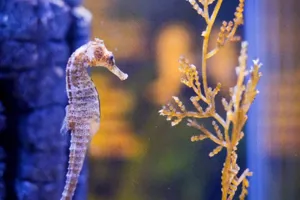
Where do seahorses live & what do they eat?
Seahorses live in cozy coastal spots - like seagrass meadows, coral reefs, mangrove roots, and estuaries in both warm and temperate seas. They’re ambush predators, staying still until tiny shrimp, plankton, or baby fish float by - and then swoosh! - they suck them up through their tiny snouts. Without a stomach, they have to eat nearly nonstop—sometimes up to 3,000 baby shrimp a day!
Meet some of our species
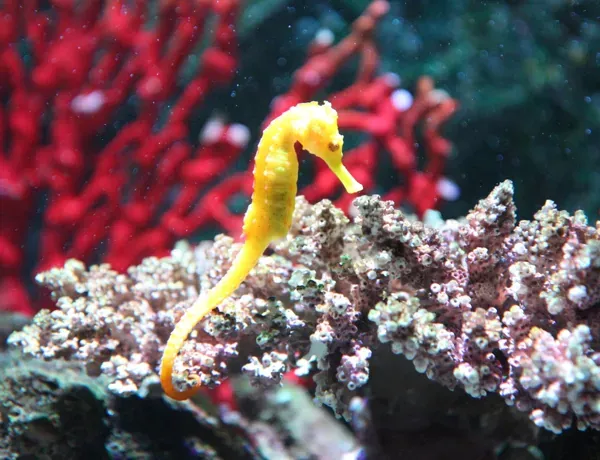
Barbour's Seahorse
Barbour's seahorses are native to the Indo-Pacific and can be found along the coasts of Indonesia, Malaysia, and the Philippines. They are commonly found in seagrass beds, mangrove swamps, estuaries, and muddy areas. They feed on small shrimp, crustaceans, calanoid copepods and decapod larvae.
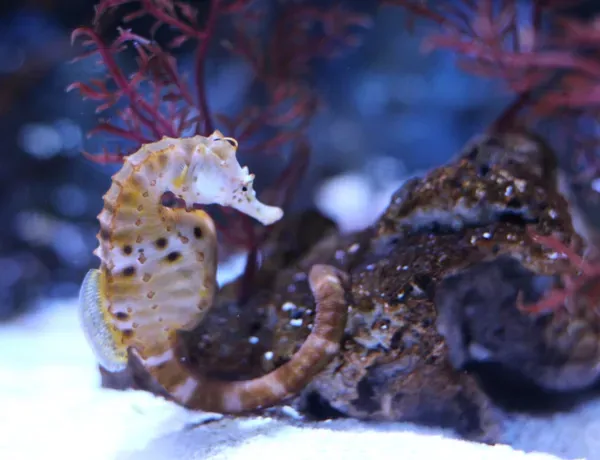
Pot-Bellied Seahorse
The pot-bellied seahorse is one of the largest seahorses, found in the south-west Pacific around Australia and New Zealand. This species gets its name from its rather large stomach. Its coloration can vary significantly as individuals can be yellow, grey, red, purple, brown and some even have a 'tiger' pattern.
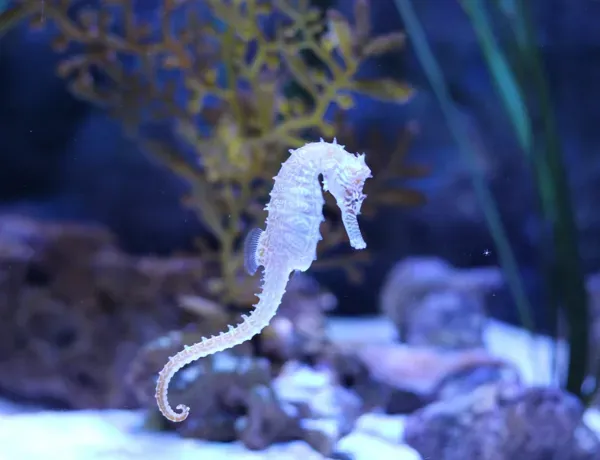
White's Seahorse
The White's seahorse is endemic to the East coast of Australia. It can reach a maximum size of 16 cm and is found in water depths of 1 to 18 m. The males can give birth to up to 100–250 babies and reproduce up to 8 times during the breeding season (Sep to Feb). The colors change depending on their mood and habitat.
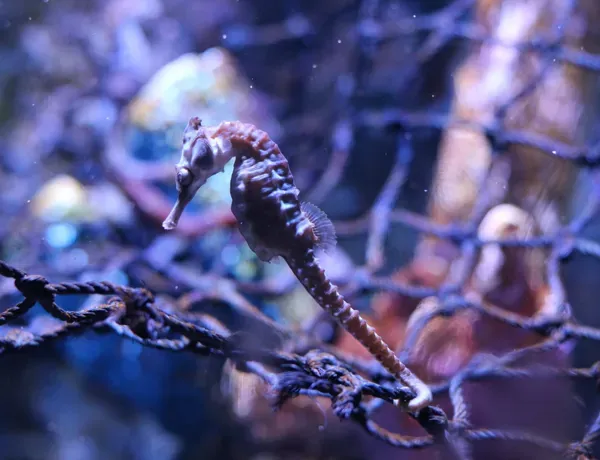
Long Snout Seahorse
This species of seahorse can be found in subtropical water in depths from 1–65 cm. As its common name suggests, it has a long slender snout that is used to snipe out its favorite food: live mysid shrimp. The head and body often have dark color spots and can grow up to a maximum of 17 cm.
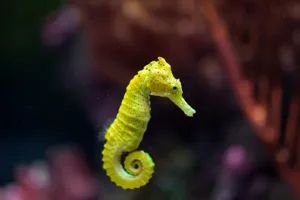
What Makes a Seahorse a Seahorse?
Unlike most fish, they swim upright and look just like tiny sea horses —with bent necks, snouts that work like straws, and armour made of bony plates instead of scales. Their curly, prehensile tails act like hands, helping them grip onto seagrass, coral, or anything they can cling to when the currents get strong.
Top Seahorse Facts
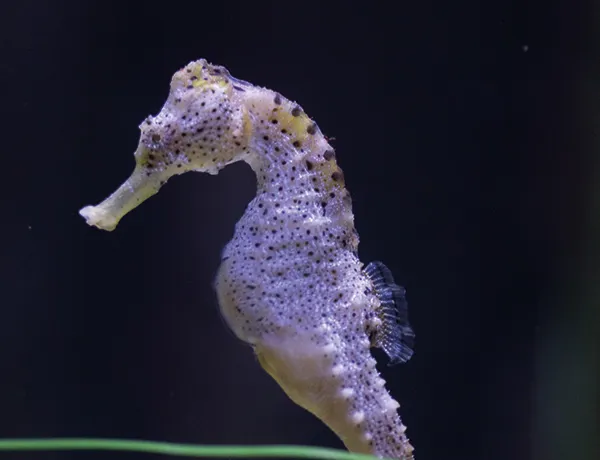
Flap flap falp!
Seahorses need to beat their dorsal fin over 50 times a second to swim. Wow!

Go Dad!
Male seahorses carry the eggs in their brood pouch and give birth to their young - sometimes it can be hundreds at a time. Wow!
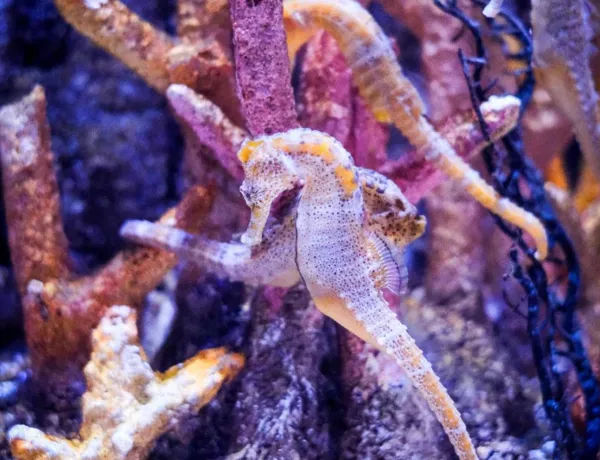
Colour-changing masters
They can change shades to match their surroundings—and even show off during courtship dances!
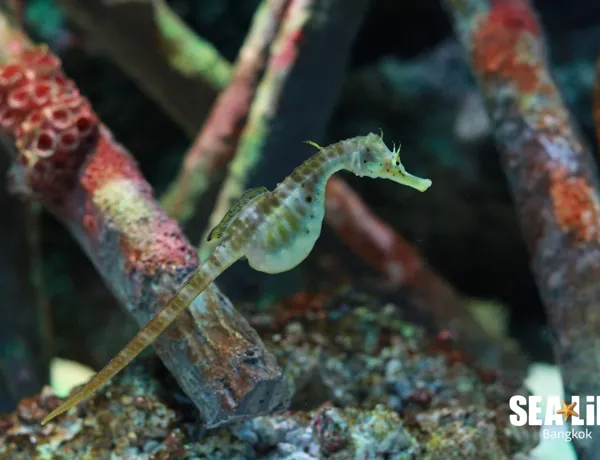
Eyes like a chameleon
Each eye moves independently—so they can look left and right at the same time!
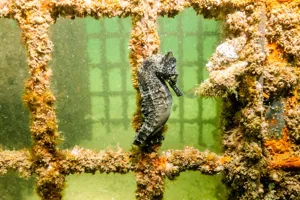
Seahorse Conservation
Discover more about the seahorse conservation work SEA LIFE is doing around the world.
Find out more
Fallen in love with seahorses and want to keep exploring? At SEA LIFE, you’ll get up close to so many different species of seahorses and their relatives like weedy sea dragons and pipefish!
Find your local SEA LIFE centre today